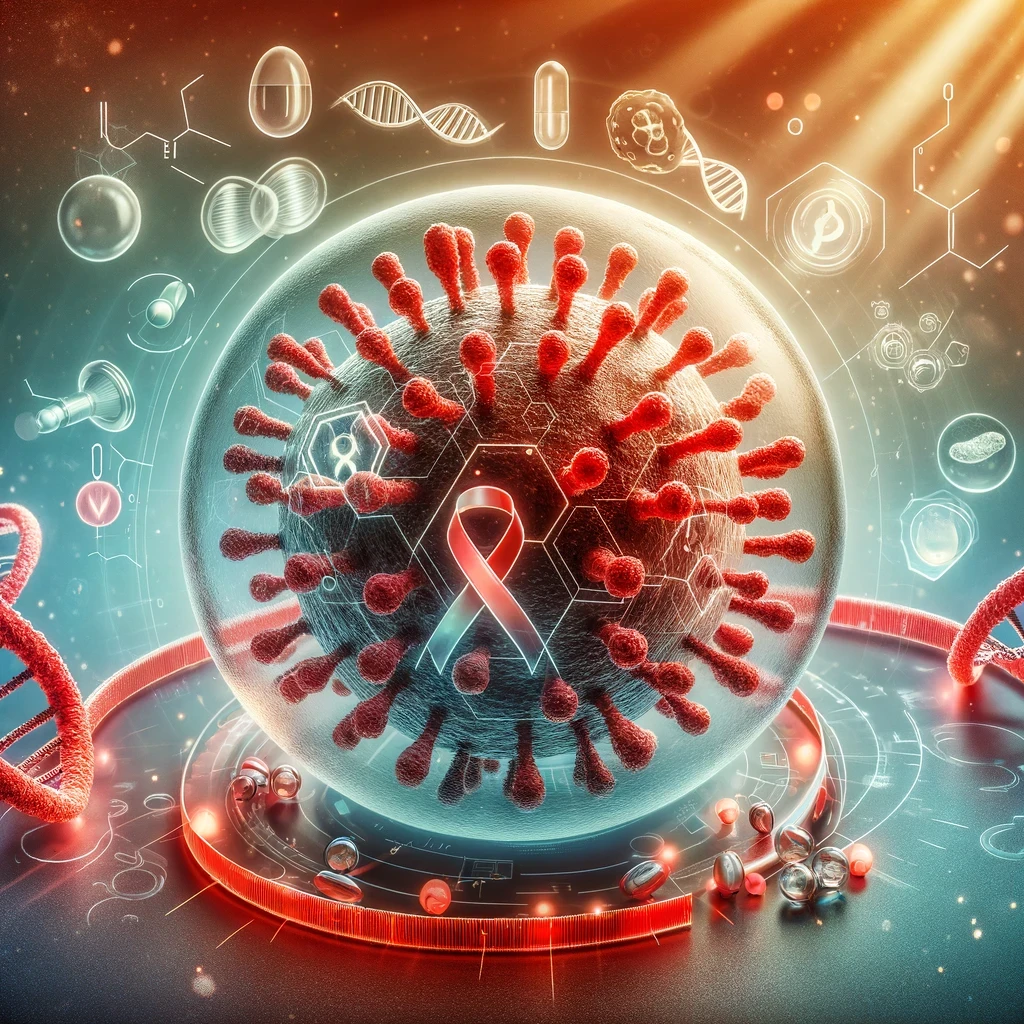Sep 3, 2024
Science News
At a major HIV conference in July, scientists announced a milestone achievement: a 60-year-old man in Germany became the seventh person to be declared ‘cured’ of HIV after receiving a stem-cell transplant. This treatment has freed him of the virus for almost six years. Despite this exciting development, stem-cell transplants are not a feasible cure for the general population. The procedure is risky, complex, and currently only offered to individuals with cancer who need a bone-marrow transplant.
The Current Standard: Antiretroviral Therapy (ART)
For the majority of people living with HIV, the standard treatment remains antiretroviral therapy (ART). This daily regimen suppresses the virus, reducing its viral load to undetectable levels and lowering the risk of transmission. Although effective, many patients hope for longer-term solutions, as ART is not a cure and can involve lifelong treatment.
Emerging HIV Treatments and Gene Therapy
Researchers are exploring new possibilities, such as gene therapies that target the CCR5 protein, which HIV uses to enter cells. Although these therapies are still in early stages, they represent an important step forward in the fight against HIV. Scientists are also investigating treatments that could target the virus’s latent reservoirs—dormant cells that can reawaken and cause viral resurgence if ART is stopped.
Some therapies, like those aimed at waking and destroying these hidden HIV-infected cells, are still in phase I or II clinical trials. While the research is promising, experts acknowledge that these approaches remain in their infancy.
Long-Acting Treatments for HIV
In recent years, significant progress has been made with long-acting treatments for HIV. Injectable antiviral drugs such as cabotegravir and rilpivirine, approved in 2020 and 2021, allow people to reduce their treatment frequency to once every two months. Lenacapavir, another antiviral drug, received approval in 2022 and requires injections just twice a year. These treatments offer convenience and improved adherence for those managing HIV.
HIV Prevention: PrEP and Long-Acting Solutions
In the absence of a vaccine, pre-exposure prophylaxis (PrEP) has been a critical tool in HIV prevention. Previously available only as a daily oral pill, PrEP has expanded to include long-acting injectables, with cabotegravir approved for this purpose in 2021. Studies show that lenacapavir, another long-acting injectable, may also become available for PrEP, offering twice-yearly shots that have shown great promise in reducing transmission rates.
The Ongoing Search for an HIV Vaccine
Despite decades of research, developing an effective HIV vaccine remains a challenge. One of the main obstacles is the virus’s ability to mutate rapidly and evade the immune system. Recent advances, however, are offering hope. Scientists are now testing a new immunogen called GT1.1 in phase I clinical trials, which has shown potential to generate broadly neutralizing antibodies in macaques. This could be a crucial step toward a universal HIV vaccine, but much more research is needed.
How 360/Health Can Help
While we wait for more permanent solutions, 360/Health is here to empower you in managing your health today. Our app helps you stay on top of the latest HIV treatment options, track your medications, and connect with healthcare providers. Whether you're managing HIV or taking preventive measures like PrEP, 360/Health ensures you have the tools to stay informed and in control.
For further details, read the full article from Nature.
